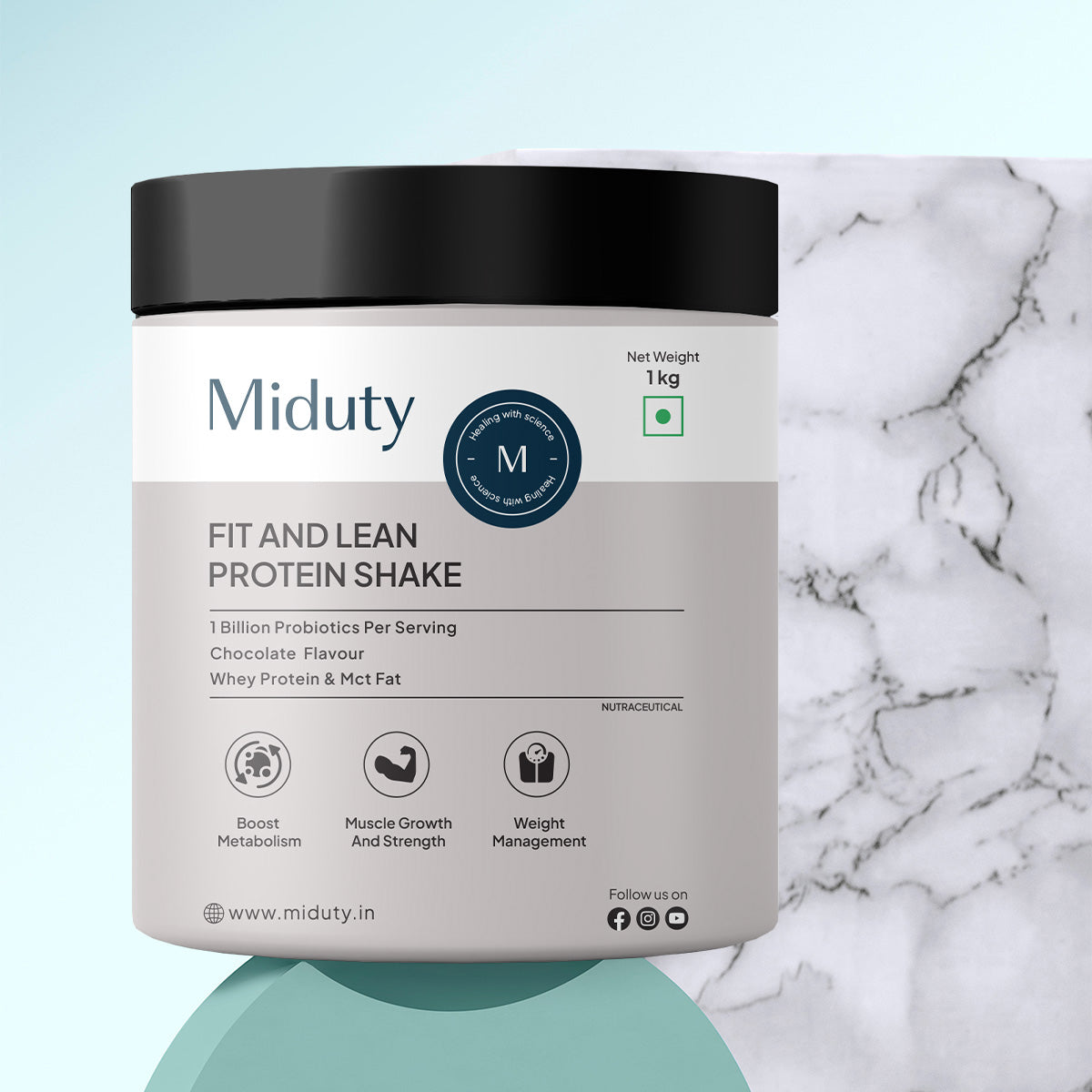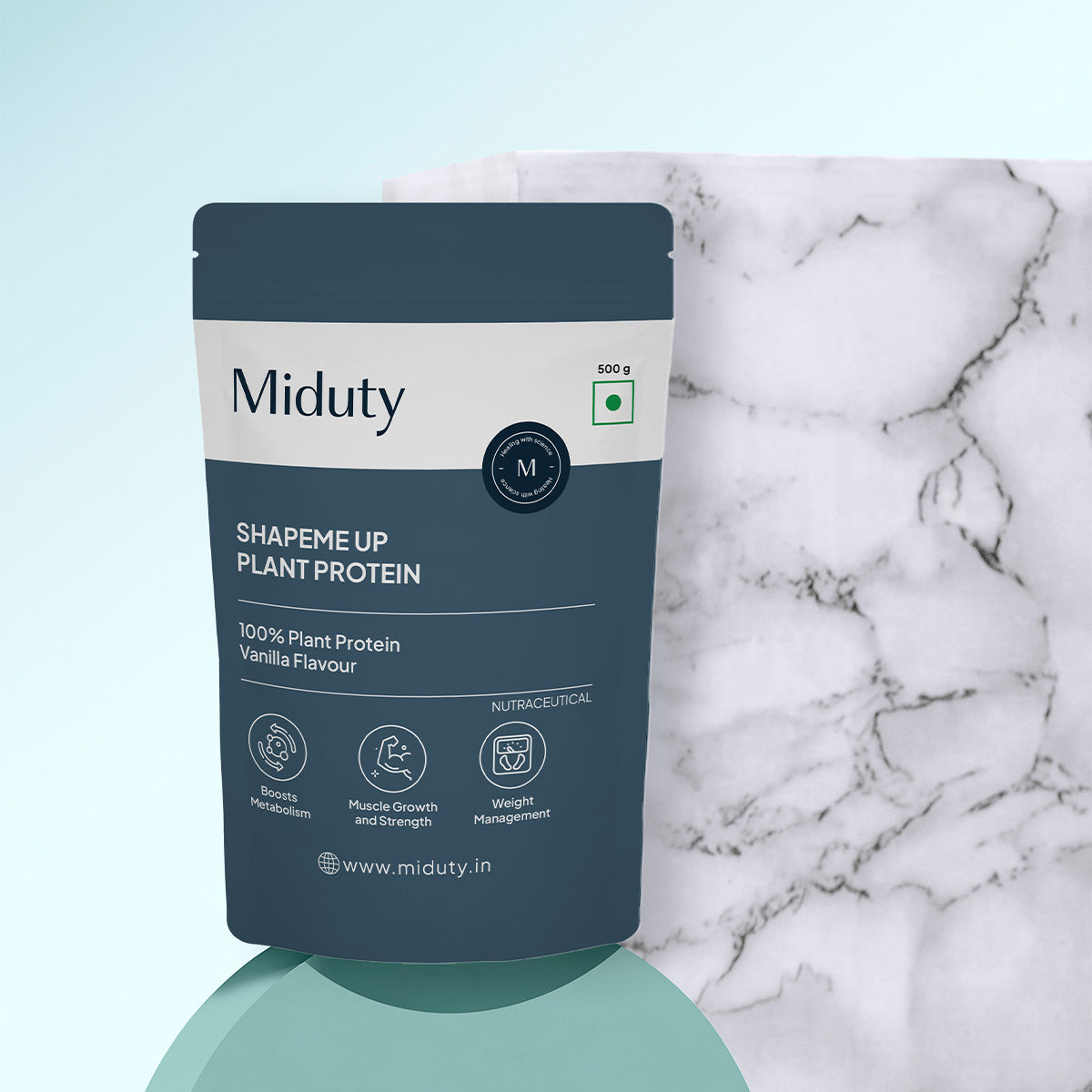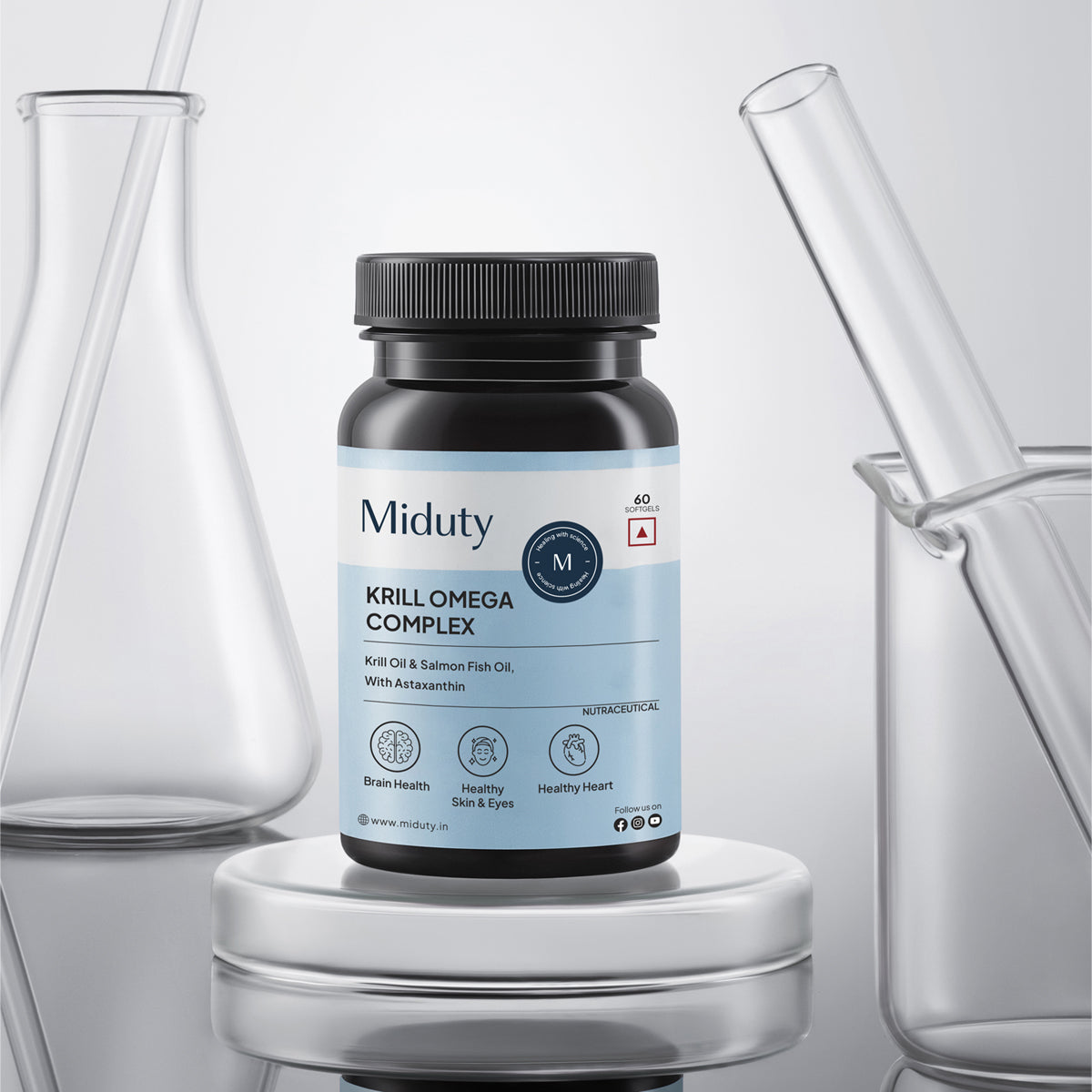
16/8 Intermittent Fasting 7- Day Meal Plan: A Beginner’s Guide
You might have heard the term "intermittent fasting" popping up all over the internet lately and for good reason. It's become a buzzword in the world of health and wellness. One of the most popular styles is the 16/8 method, which means fasting for 16 hours and eating during an 8-hour window each day. Think of it as a way to let your body rest and reset, while still enjoying your favorite foods within that eating window. Whether you're looking to shed a few pounds, improve your digestion, or boost mental clarity, 16/8 intermittent fasting is worth exploring!
Key Takeaways
1. Fast Smart, Not Hard: 16/8 intermittent fasting focuses on when you eat, not what makes it easy to follow and stick to.
2. Health Benefits You'll Love: From weight loss to better digestion and mental clarity, 16/8 has your back.
3. A 7-Day Plan to Crush Cravings: A structured meal plan keeps you consistent, balanced, and on track.
4. Flavors That Keep You Coming Back: Indian-inspired meals bring color and taste to every plate, no bland diets here!
5. Flexibility is the Secret Sauce: Listen to your body, adjust your meals, and make it work for you, no guilt trips allowed.
What is 16/8 Intermittent Fasting?
16/8 intermittent fasting is a popular eating pattern where you fast for 16 hours and eat during an 8-hour window each day. This approach simplifies dieting by focusing on when you eat rather than what you eat. For example, you might start eating at noon and stop at 8 p.m., then fast overnight until noon the next day. Many people find this schedule easier to stick to than strict calorie counting or food restrictions. It fits naturally into most social and work routines, making it both convenient and sustainable.
Benefits of 16/8 Intermittent Fasting
Intermittent fasting has gained popularity for its range of health benefits. Here are some of the top perks:
1. Weight management: By reducing the time frame in which you eat, you naturally reduce calorie intake, which can lead to weight loss.
2. Improved metabolic health: Some studies show that intermittent fasting can enhance insulin sensitivity and regulate blood sugar levels.
3. Better digestion: Giving your digestive system a break can help reduce bloating and improve gut health.
4. Mental clarity and focus: Many people report feeling more alert and focused during fasting periods, thanks to stable blood sugar levels.
5. Simplicity: Without strict calorie tracking or complicated rules, it's easier to stick with over the long term.
Why Follow a 7-Day Intermittent Fasting Meal Plan?
Having a structured meal plan is like giving yourself a roadmap. It helps you make intentional food choices rather than scrambling at the last minute. By planning ahead, you're more likely to meet your nutritional needs, avoid impulsive eating, and stay on track with your goals. It also simplifies grocery shopping—no more guesswork about what to buy or what to cook.
A 7-day meal plan ensures that:
- You get a balanced intake of protein, fats, carbs, vitamins, and minerals.
- Meals are spaced appropriately within your 8-hour window.
- You avoid last-minute unhealthy choices that might derail your progress.
Think of it as prepping for success like having a personal assistant guiding your meals.
Tips for Sticking to the Intermittent Fasting Meal Plan
Sticking to a meal plan requires a bit of strategy. Here are some helpful tips:
1. Meal prep: Set aside time each week to chop veggies, cook proteins, and portion meals in advance. This cuts down on cooking time during your busy days.
2. Grocery list: Shop with a list based on your meal plan to avoid impulse buys.
3. Hydration: Drink plenty of water, herbal teas, or black coffee during your fasting window to keep hunger at bay.
4. Mindful eating: During your eating window, focus on eating slowly, enjoying each bite, and recognizing when you're full.
5. Flexibility: Life happens. If you need to swap meals or shift your eating window occasionally, that's okay. It's about progress, not perfection.
Essential Guidelines for the 16/8 Intermittent Fasting Meal Plan
The fasting window is the backbone of 16/8 intermittent fasting. For 16 hours, you abstain from calories—this means no solid food, no sugary drinks, and no milk in your coffee. However, you can drink:
- Water
- Black coffee (no sugar or cream)
- Herbal teas
This period gives your body time to:
- Lower insulin levels
- Increase fat burning
- Enhance cellular repair processes
If you're new to fasting, consider starting with 12 or 14 hours and gradually building up to 16. It's all about finding a routine that works for you.
How to Choose the Right 8-Hour Intermittent Fasting Eating Window?
Your eating window should fit your lifestyle and social schedule. Common windows include:
1. 12 p.m. – 8 p.m.: Great if you prefer skipping breakfast.
2. 11 a.m. – 7 p.m.: Perfect for early risers who like an earlier dinner.
3. 10 a.m. – 6 p.m.: Ideal for those who work early shifts.
Choose a window you can realistically stick with most days. Consistency is key to reaping the benefits.
16/8 Intermittent Fasting 7-Day Meal Plan
Breakfast Options
During the 16/8 intermittent fasting plan, your "breakfast" (the first meal after breaking your fast) often lands around noon. A nutritious meal here sets you up for success throughout the day. Here are some Indian-inspired, balanced breakfast options that fit perfectly into this meal plan:
1. Vegetable Poha: Flattened rice cooked with peas, onions, turmeric, and mustard seeds makes a light, flavorful, and satisfying start to your eating window.
2. Besan Chilla with Mint Chutney: Protein-packed gram flour pancakes loaded with veggies and served with a tangy mint chutney.
3. Masala Oats: Savory oats cooked with tomatoes, onions, and Indian spices for a comforting, fiber-rich meal.
4. Egg Bhurji (Scrambled Eggs): Spiced with turmeric, onions, tomatoes, and green chilies, served with a slice of whole wheat toast or roti.
These breakfasts are high in fiber, protein, and essential nutrients, keeping you full and energized until your next meal.
Lunch Options
Lunch is your main meal during the eating window. Indian cuisine offers plenty of flavorful, balanced options that align beautifully with the 16/8 intermittent fasting lifestyle. Here are some delicious Indian lunch ideas:
1. Rajma Chawal: Kidney beans cooked in a spiced tomato-onion gravy served with brown rice or roti. High in protein and fiber, this meal is both filling and comforting.
2. Palak Paneer with Roti: Soft paneer cubes cooked in a creamy spinach sauce, paired with whole wheat roti for a balanced and nutritious lunch.
3. Grilled Chicken Tikka with Mixed Veggies: Lean protein marinated in yogurt and spices, grilled or baked, and served with a side of sautéed vegetables.
4. Chole (Chickpea Curry) with Rice: Chickpeas simmered in an aromatic blend of spices, tomatoes, and onions, served with a small portion of rice or roti for added fiber.
These meals keep your energy steady without overloading you with refined carbs, and they're easy to prep ahead for busy days.
Dinner Options
Dinner should wrap up your eating window on a light yet satisfying note. Here are some Indian-inspired dinners that nourish without leaving you feeling too full:
1. Moong Dal with Roti and Salad: Light and easily digestible, moong dal is a protein-rich lentil stew flavored with ginger, cumin, and coriander. Pair it with whole wheat roti and a simple cucumber-tomato salad.
2. Tandoori Chicken with Veggies: Juicy, spiced chicken grilled or baked to perfection, served with a side of stir-fried vegetables or a fresh salad.
3. Vegetable Pulao with Raita: Fragrant basmati rice cooked with seasonal vegetables and mild spices, served with cooling cucumber raita for a complete meal.
4. Bhindi Masala with Roti: Okra stir-fried with onions, tomatoes, and aromatic spices, served with warm rotis for a satisfying vegetarian option.
These dinners combine protein, healthy carbs, and fiber, ensuring you're well-fed but not overly heavy as you transition into your fasting window.
Additional Tips for Success
While meal plans help you stay organized, listening to your body's natural cues ensures that you're nourishing yourself properly. Here's how to do that effectively:
1. Portion control: Adjust serving sizes to align with your hunger and fullness levels rather than eating just because it's on your plate.
2. Be flexible: Social occasions, work demands, or family commitments may shift your eating window or meal choices occasionally—and that's perfectly okay! Consistency is more important than perfection.
3. Track your progress: Keeping a journal of what you eat, how you feel, and your hunger patterns can reveal insights that help you fine-tune your plan.
4. Honor your cravings wisely: If you're craving a sweet treat, try a small serving of kheer or a piece of dark chocolate during your eating window—just don't overdo it.
With a little planning and mindfulness, you can build a meal plan that feels enjoyable and sustainable—no crash diets or rigid rules required.
Conclusion
16/8 intermittent fasting is more than just a diet trend, it's a sustainable, flexible way to improve your health and manage your weight. By combining a structured eating window with a balanced, culturally appropriate 7-day meal plan, you create a roadmap to success that's both enjoyable and easy to follow.
This plan embraces the rich flavors and traditions of Indian cuisine, proving that healthy eating doesn't have to be boring or restrictive. From comforting dals to vibrant vegetable dishes, every meal is an opportunity to nourish your body and soul.
Remember: the key to success lies in consistency, self-awareness, and flexibility. Listen to your body's signals, adjust your plan as needed, and enjoy the journey. Intermittent fasting isn't a quick fix, it's a lifestyle shift that empowers you to build a healthier, happier relationship with food.
Frequently Asked Questions on 16/8 Intermittent Fasting -
Q1 - What is an example of a 16 and 8 intermittent fasting meal plan?
For an 8-hour eating window (e.g., 12 PM–8 PM), lunch could be grilled chicken with veggies, and dinner might be salmon with quinoa, plus healthy snacks like nuts or yogurt.
Q2 - How much weight can you lose with 16:8 fasting in a week?
Most people lose 1–2 lbs per week, depending on calorie intake and activity level, as the method helps create a mild calorie deficit.
Q3 - Can 16- 8 fasting reduce belly fat?
Yes, 16:8 fasting can help reduce visceral fat by improving insulin sensitivity and promoting fat burning, especially when paired with exercise.
Q4 - What is a good 16-8 fasting schedule?
A popular schedule is 12 PM–8 PM (skipping breakfast), but adjust based on your routine (e.g., 9 AM–5 PM if you prefer early dinners).
Q5 - Is it OK to do 16-8 fasting every day?
Yes, it's generally safe and sustainable for most people, but listen to your body and ensure balanced nutrition within your eating window.
References












